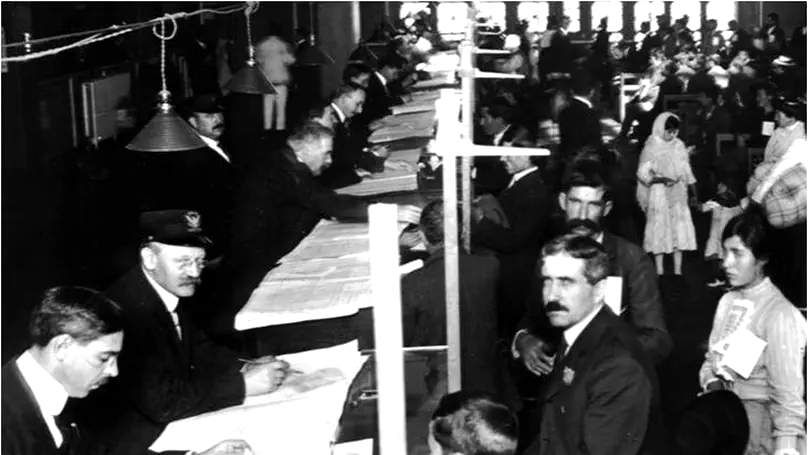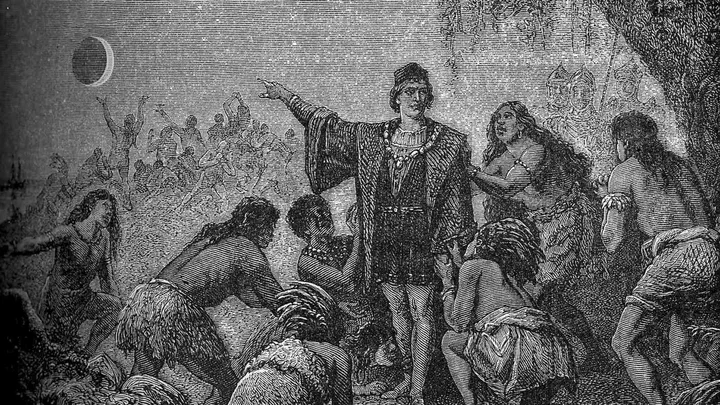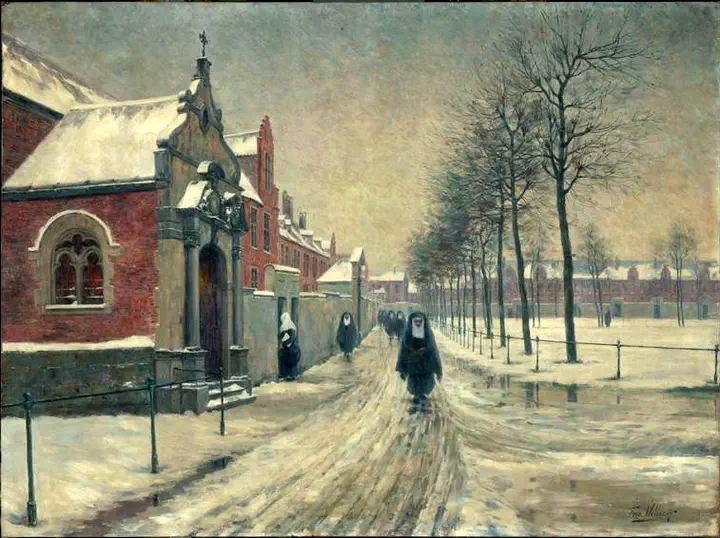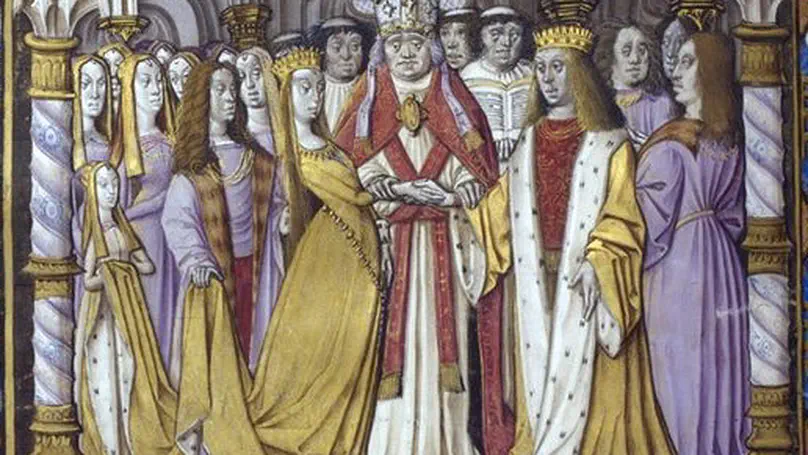Source: Immigrant at the inspection desk, U.S. National Park Service
Published: April 16th, 2025
In: Journal of Development Economics, 176, DOI
The epidemiological approach in comparative development uses data on individuals of immigrant origin to study cultural persistence, the determinants of cultural norms, and the effects of genetic traits.
A common assumption of this methodology is its susceptibility to attenuation bias.
We challenge it by demonstrating how the increasing reliance on foreign ancestries to identify respondents’ origins can introduce confounding biases.
Specifically, self-selection in reporting foreign ancestry and unobserved variation in ancestral migration timing may lead to inflated estimates.
We formalize these mechanisms through a theoretical framework and illustrate their empirical significance by reassessing key findings from influential studies by Fernández and Fogli (2006) and Giuliano and Nunn (2021).
Published versionVersion on this websiteCodeArchived manuscriptPSE Policy BriefSource: Generated with Microsoft AI
Published: July 18th, 2024
In: Economic Inquiry, 88(4), 1541-1581, DOI
Giuliano and Nunn (2021) provide econometric evidence that ancestral climatic variability reduces the current importance of tradition.
We conduct a “deep reproduction”, comparing the precise descriptions of the individual-level regressions in their article with the corresponding code.
This analysis uncovers several major inconsistencies, also related to the code not included in their replication package.
A published corrigendum addresses some inconsistencies we had also communicated to the Editor of REStud, but several remain, relating to a substantial portion of the observations.
A realignment of the code with the text reveals a more nuanced relationship between ancestral climatic variability and tradition.
Published versionVersion on this websiteCodeArchived manuscriptSource: L’Astronomie, Société astronomique de France
Published: December 27th, 2023
In: The Economic Journal, 660(5), 1545-1577, DOI
This paper relates curiosity to economic development through its impact on human capital formation and technological advancement in pre-modern times.
More specifically, we pro-pose that exposure to inexplicable phenomena prompts curiosity and thinking in an attempt to comprehend these mysteries, thus raising human capital and technology, and ultimately, fostering growth.
We focus on solar eclipses as one particular trigger of curiosity and empirically establish a robust relationship between their number and several proxies of economic prosperity.
We also offer evidence compatible with the human capital and technological increases we postulate, finding a more intricate thinking process and more developed technology among societies more exposed to solar eclipses.
Among other factors, we study the development of written language, the playing of strategy games and the accuracy of folkloric explanations for eclipses, as well as the number of tasks undertaken in a society, their relative complexity, and broad technological indicators.
Lastly, we document rising curiosity both at the social and individual level: societies incorporate more terms related to curiosity and eclipses in their folklore, and people who observed a total solar eclipse during their childhood were more likely to have entered a scientific occupation.
Published versionVersion on this websiteCodeArchived manuscriptReplication by Connolley et al. (2024)Article in 'Inverse'Source: Ferdinand Willaert, Entrée du béguinage à Gand (l’hiver)
Published: October 29th, 2021
In: Journal of Economic Growth, 27(3), 91-148, DOI
Awarded the ‘UWIN Best Paper Award on Gender Economics’, 7th edition.
Awarded a ‘Valeria Solesin’ accessit, 2018 edition.
This paper is concerned with the historical roots of gender equality.
It proposes and empirically assesses a new class of determinants of gender equality: increases in women's bargaining power through reductions in the cost of remaining single.
In particular, enlarging women's options besides marriage —even if only temporarily— increases their bargaining power with respect to men, leading to a persistent improvement in gender equality.
We illustrate this mechanism focusing on the specific Belgian context, and relate gender-equality levels in the 19th century to the presence of medieval, female-only communities called beguinages that allowed women to remain single amidst a society that advocated the opposite.
Combining precise beguinages' location with 19th-century census data, we document that beguinages were instrumental in decreasing the gender gap in literacy.
Published versionVersion on this websiteCodeArchived manuscriptSource: Jean Chartier, Marriage of Henry V of England to Catherine of Valois
Published: June 21st, 2019
In: Macroeconomic Dynamics, 25(4), 896-923, DOI
This paper examines how the degree of gender-egalitarianism embedded in inheritance rules impacts state capacity at its early stages during medieval times.
We present a theoretical model in which building state capacity enables nobles to raise taxes and overcome rivals.
The model addresses the use of inheritance to consolidate landholding dynasties, also accommodating inter-state marriages between landed heirs.
On the one hand, dynastic continuity ---of utmost importance to European medieval lords--- directly encourages state building.
Male-biased inheritance rules historically maximise the likelihood of dynastic continuity.
We weigh this effect against the indirect impact of the more frequent land merging marriages under gender-egalitarian rules.
Contrary to the literature, our results suggest that gender-egalitarian norms ---offering a low probability of dynastic continuity---
promote state capacity in the short run more than gender-biased norms.
In the long run results are reversed, providing a rationale for the pervasive European tradition of preference for men as heirs.
Published versionVersion on this websiteCodeArchived manuscript



